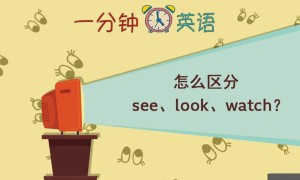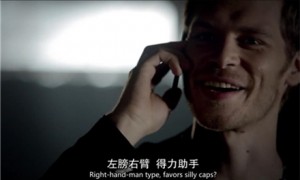一、主要子句和从属子句之别
✏️ 范例1:
Henry and Peter met on August 10, 2005. The place where they met was a diner in downtown Manhattan. They wanted to discuss the terms of a business proposal. They had little idea that they would one day become billionaires.
这个段落的三个句子都以主词开头,接着是动词,可是三个句子之间的关系却不太清楚,从句子的安排上看不出来主从的关系。如果我们将背景资讯放在从属子句,要强调的部分就可以凸显出来了:
✏️ 范例2:
When Henry and Peter met at a diner in downtown Manhattan on August 10, 2005, to discuss the terms of a business proposal, they had little idea that they would one day become billionaires.
这里的从属子句交代了亨利和彼得会面的背景资讯,包括了地点(在曼哈顿的市中心)、时间(2005年八月十日)和目的(讨论一项商业提案的内容),而主要子句在后面,凸显了会面在日后带来的结果(成为亿万富翁)。如果我们写作时可以善用从属子句和主要子句的区别,句子会显得更有条理。

二、片语和子句之别
另外,改写前的例子将背景资讯用独立的句子表达,读者不容易判断这些资讯是否比主要的内容(他们不知道自己将成为亿万富翁)重要。改写过的例子则将各项背景资讯用片语(at a diner in downtown Manhattan、on August 10, 2005 及 to discuss the terms of a business proposal)表达,而主要的内容用独立子句(they had little idea that they would one day become billionaires.)显示其重要性。
除了背景资讯,表达因果关系的句子也可用从属结构表达,试比较以下两句:
✏️ 范例1:John was tired and sleepy, and he went to bed early.
✏️ 范例2:Tired and sleepy, John went to bed early.
第一个例子有两个对等子句,前者(John was tired and sleepy)是因,后者(he went to bed early.)是果。我们可以将原因用从属结构表达,如同第二句的片语 tired and sleepy。
希望大家以后在写作时注意哪些资讯该强调、哪些该当作背景,并用适当的结构表达。







